✓ Joining us on our Whatsapp Channel: 💬 Explore and Escape!.
Booking through us:
✓ 🏩 🛌 Handpicked Luxury Stays in Budget: Booking.com | Agoda.com
✓ 🍹⛱️ Deals on Private xfers, SIM Cards, City tours, Day trips : 📍🗺️ GetYourGuide | 🛵🧳 Klook
There are great many things to do in Japan, and so are in Kure.
Nestled between the rolling hills and the sparkling water of the Seto Inland Sea, Kure is a hidden gem waiting to be explored.
This charming city offers a treasure trove of attractions, from historical landmarks to breathtaking views and delicious cuisine.
Whether you’re seeking adventure or relaxation, Kure is the perfect destination for your next getaway.
Join us on a journey through the best things to do in Kure and discover the magic of this enchanting city.
Without further ado listed below are some of the most fun things to do in Kure:
1. JMSDF Kure Museum
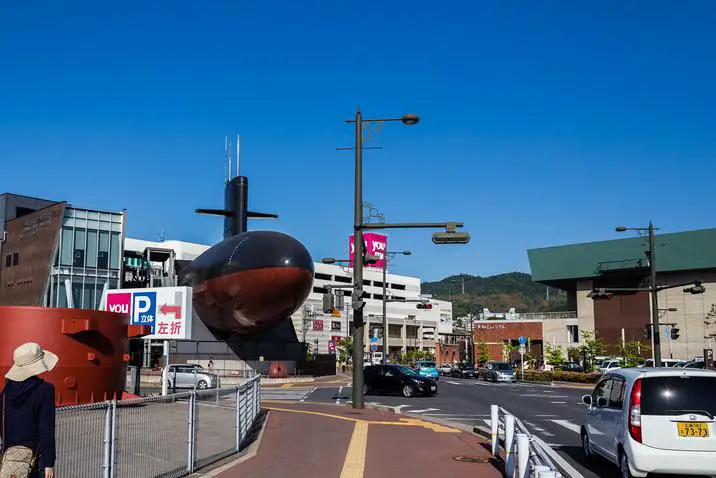
JMSDF Kure Museum is a naval museum located in Kure, Japan, dedicated to the history of the Japanese Maritime Self-Defense Force.
What to see or do: The museum showcases the evolution of naval ships, submarine weapons, and other maritime technology.
Visitors can explore the decks of real-life warships, view torpedo tubes and other weapons, and experience the simulations of warship operations.
Don’t miss: Don’t miss the remarkable exhibition of the battleship Yamato, the largest and most heavily armed ship built in World War II.
It’s also worth seeing the all-weather DDH-class helicopter destroyer, which is Japan’s most advanced warship.
Insider travel tips: Visitors should be aware that the museum can be crowded during holidays and weekends, so it’s best to come early. You can also visit the nearby Kure City Irifuneyama Memorial Hall to get more information about the region’s naval history.
Additionally, the most remarkable thing about this museum is the opportunity to see the cutting-edge technological advancements in Japan’s maritime defense that are not easily available in public.
2. Yamato Museum
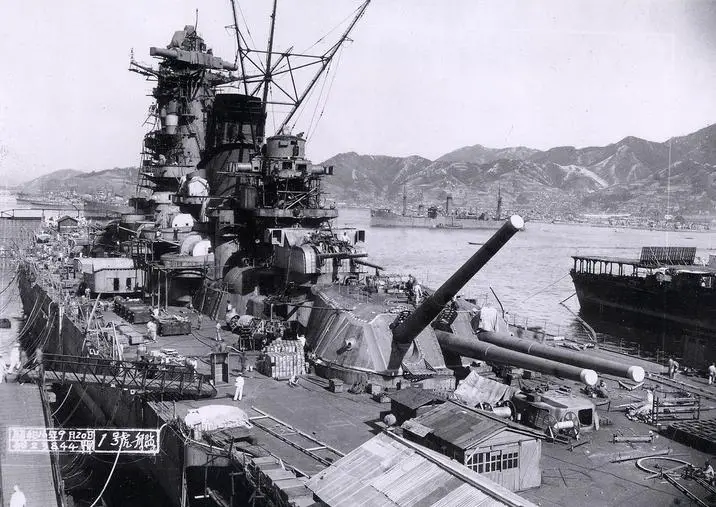
Yamato Museum is a naval history museum located in Kure, Japan, and devoted to the history of the Imperial Japanese Navy.
The museum features a full-scale reproduction of the Japanese battleship Yamato.
What to see or do: The museum boasts a unique collection of maritime artifacts, including models, paintings, photographs, and various historical naval items. Visitors can explore the museum’s exhibits, which cover the history of the Japanese navy from ancient times to modern day.
The highlight of the museum is the replica of the Yamato battleship, which visitors can tour and experience.
Don’t miss: Don’t miss the opportunity to visit the Bridge Deck of the Yamato replica, where visitors can take in the breathtaking views of the harbor and the surrounding mountains.
Also, make sure to check out the museum’s special exhibitions, which change throughout the year and feature unique and exciting pieces from the museum’s vast collection.
Insider travel tips: Avoid weekends and holidays if possible. The museum can get crowded, and lines to enter the Yamato replica can be long.
3. Kure Municipal Museum of Art

Kure Municipal Museum of Art is a modern art museum located in Hiroshima, Japan.
What to see or do: The museum houses a collection of contemporary Japanese art works, including paintings, sculptures, and installations. It also hosts temporary exhibitions featuring works by both Japanese and international artists.
Don’t miss: The permanent collection includes masterpieces of famous artists like Fujita Tsuguharu, who is known for creating works that merged Japanese traditional paintings with modern European styles.
Insider travel tips: The museum is located near Kure Station, which is a 15-minute train ride from Hiroshima. It’s a must-visit spot for art lovers and those who want to experience the contemporary art scene in Japan.
4. Ondo-no-Seto Park
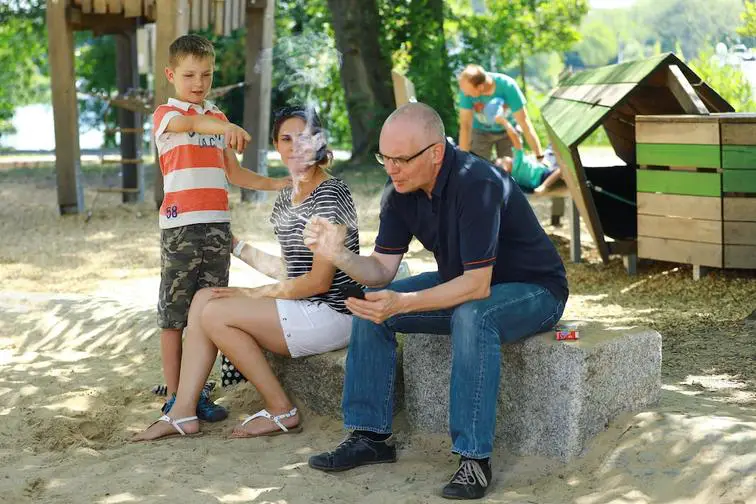
Ondo-no-Seto Park is a beautiful park located in Kure, Hiroshima that offers stunning views of the Seto Inland Sea.
What to see or do: Visitors can enjoy panoramic views of the sea from the park’s observatory deck.
The park also has a variety of walking trails, as well as a beach area where visitors can swim or relax on the sand.
Don’t miss: One of the most popular features of the park is the “floating torii gate,” a unique, modern take on the traditional torii gate that appears to float on the water at high tide.
Insider travel tips: Be sure to visit during high tide to witness the floating torii gate at its most impressive. The park can also be a great spot to catch a sunrise or sunset over the Seto Inland Sea.
5. Hiroshima Prefectural Museum of History
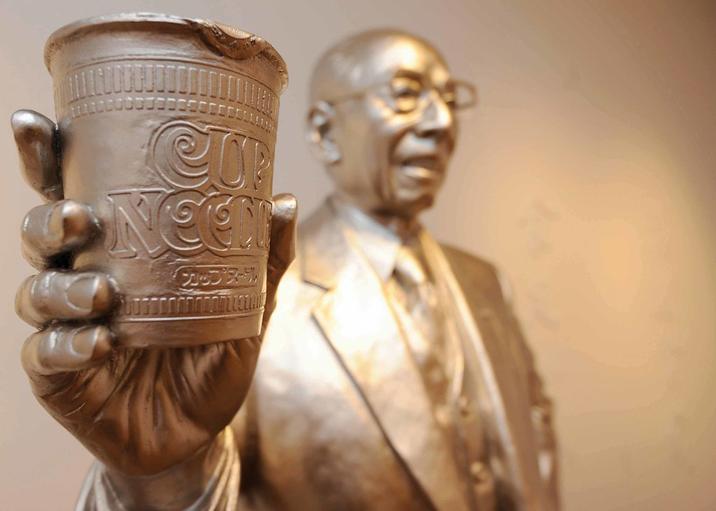
The Hiroshima Prefectural Museum of History is an interactive museum located in Kure, Japan, that showcases the history of the surrounding Hiroshima prefecture, including its role in WW2 and its shipbuilding heritage.
What to see or do: Visitors can view a wide range of exhibits, including artefacts from the Jomon period (14,000 BC-300 BC), objects from the samurai era, and displays on Hiroshima’s industrial history.
There are also interactive exhibits that give visitors a chance to experience life in ancient times, as well as an immersive audio-visual room that shows the devastation of the atomic bomb.
Don’t miss: The museum’s highlight is a diorama of the famous Battle of Dan-no-ura, where the Genji clan defeated the Heike clan in the 12th century.
The diorama is over 14 metres in length and features over 1500 figures, making it one of the largest in Japan.
Insider travel tips: – The museum can be reached by train from Hiroshima Station to Kure Station in 30 minutes.
6. Kuretaishakuten Shrine
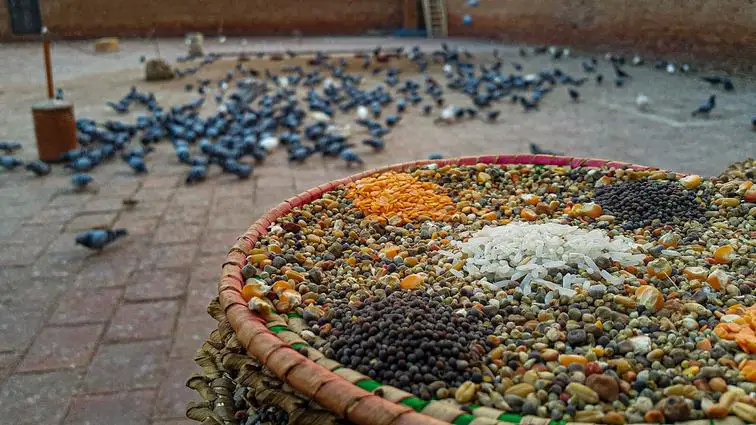
Kuretaishakuten Shrine is a Shinto shrine located in the Nakano neighborhood of Tokyo, Japan. It is dedicated to the goddess of smallpox, Kuretaishakuten.
What to see or do: Visitors can explore the beautiful grounds of the shrine, which includes a large torii gate, stone lanterns, and a main building with stunning architecture.
The shrine is also a popular spot for cherry blossom viewing in the spring.
Don’t miss: Make sure to search for the “hidden” enshrined deity, who is said to be located in a secret spot within the shrine grounds.
There is also an old well on the property that is said to have healing powers.
Insider travel tips: If possible, visit the shrine during the quieter weekday mornings to avoid the crowds.
If you are interested in local Japanese festivals, check the shrine’s events calendar for upcoming celebrations, which can be a great way to experience Japanese culture.
Be sure to follow proper etiquette when entering the main building and respect the sacredness of the shrine.
7. Kurahashi-yama Park
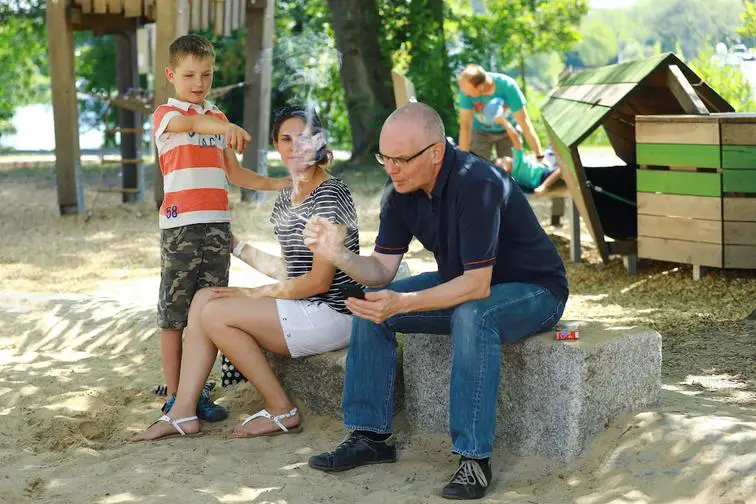
Kurahashi-yama Park is a beautiful hilltop park located in Kure, Hiroshima.
What to see or do: Visitors can enjoy a pleasant walk along the park’s trails, which offers panoramic views of the surrounding area. The park also features a variety of flora and fauna, including cherry blossom trees, azaleas, and wild birds.
Don’t miss: The park is particularly popular during the spring for its cherry blossom season, which typically runs from late March to early April.
At this time, visitors can see the beautiful pink blooms covering the park’s slopes.
Insider travel tips: – The park can be reached by a short bus ride from Kure Station.
8. Gokoku Shrine
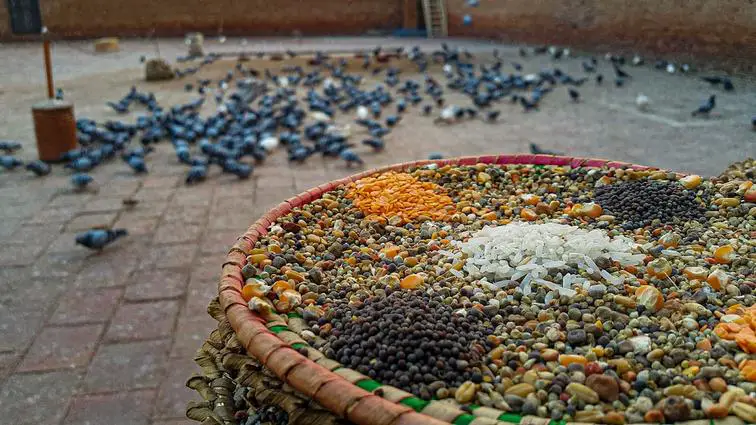
A historic Shinto shrine located in the city of Kure, Hiroshima Prefecture, Japan.
What to see or do: Visitors can explore the beautiful shrine grounds featuring a torii gate, stone lanterns, a main hall, and a purification fountain. Take a moment to appreciate the serene surroundings and soak in the peaceful atmosphere of the shrine.
Don’t miss: The annual festival that takes place here every October.
Known as the Gokoku Jinja Shrine Autumn Festival, it features a procession of mikoshi (portable shrines), colorful floats, and traditional music and dance performances.
Insider travel tips: Dress conservatively when visiting the shrine, and be sure to remove your shoes before entering any of its buildings.
Don’t forget to bring a few coins to make an offering at the main hall or to buy an omamori (charm) from the shrine’s gift shop.
9. Bentenjima Park
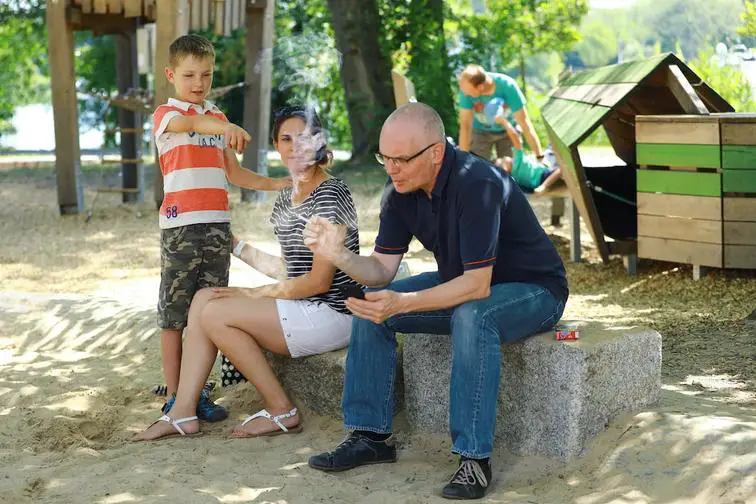
A picturesque park located on Bentenjima Island, which sits in the Seto Inland Sea.
What to see or do: Enjoy a scenic stroll along the walking trails, take in the views of the sea and surrounding mountains, and visit the Bentenjima Shrine.
The park also offers picnic areas and a fishing spot.
Don’t miss: The stunning sunset over the water.
Insider travel tips: Bring a picnic lunch to enjoy in the park, and make sure to wear comfortable walking shoes. If you’re interested in fishing, bring your own equipment or rent it from one of the nearby shops.
10. Ryuga Cave
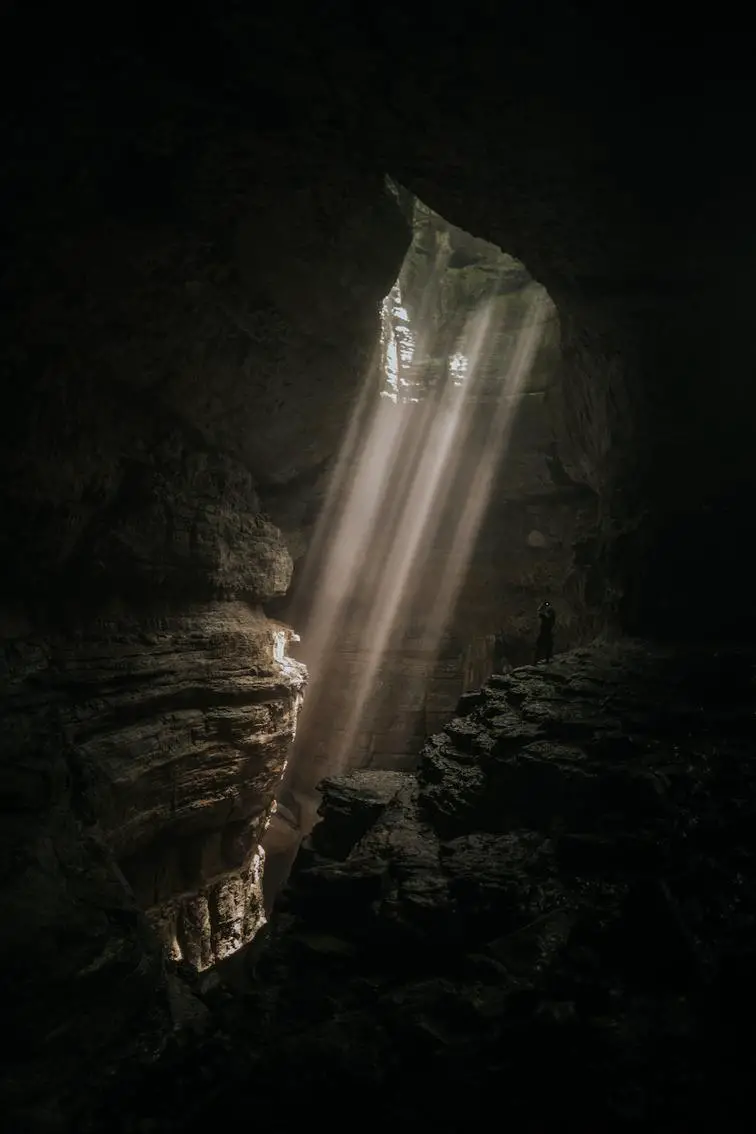
A limestone cave located in Kure city, Hiroshima prefecture, Japan.
What to see or do: The cave features beautiful and intricate limestone formations, including stalactites, stalagmites, and pillars. Visitors can take a guided tour through the cave to see these natural wonders up close.
Don’t miss: The highlight of the cave tour is the “Dragon’s Palace,” a large chamber with a beautiful underground lake. The reflection of the cave formations in the still waters of the lake is a breathtaking sight.
Insider travel tips: Be prepared for a lot of stairs on the tour, as the cave is located on a steep hillside. Wear comfortable shoes and bring a light jacket or sweater, as the temperature inside the cave can be cool.
Photography is not allowed inside the cave, so be sure to take mental snapshots of the beautiful scenery.
11. Kure City Irifuneyama Memorial Hall
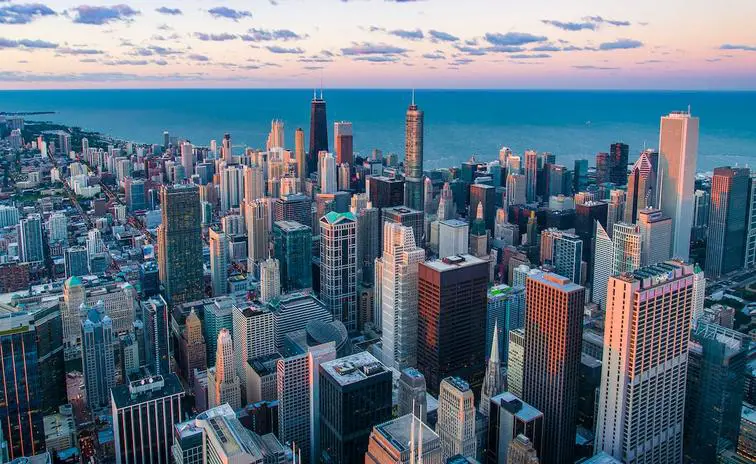
Kure City Irifuneyama Memorial Hall is a historic museum that showcases the naval history of Kure City in Japan.
What to see or do: Visitors can explore the exhibits that feature the history of the Kure Naval Arsenal and its role in Japan’s naval operations.
The museum also houses a collection of historical artifacts, models of naval ships, and military equipment.
Don’t miss: The highlight of the museum is the full-sized replica of the battleship Yamato, which was once the world’s largest battleship. Visitors can explore the replica’s decks and interior to get a glimpse of what life was like aboard a battleship.
Insider travel tips: Avoid visiting on weekends as it tends to get crowded. Audio guides are available in multiple languages, which can enhance your experience.
Don’t forget to try out the traditional Japanese tea in the museum’s tea house overlooking the shipyard.
12. Kure Old Naval Port Town
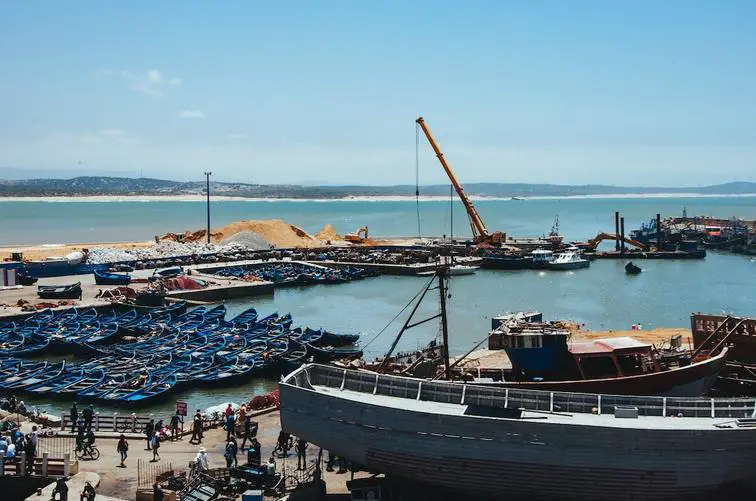
Kure Old Naval Port Town is a historic district in Hiroshima, Japan that served as a major naval base during World War II.
What to see or do: Visitors can explore the old naval district and get a glimpse into the town’s past with visits to the Yamato Museum and the JMSDF Kure Museum.
Enjoy a walk along the Kure Bay and check out the scenic panoramic views of the Seto Inland Sea.
Don’t miss: Don’t miss the chance to see Japan’s largest battleship, the Yamato, at the Yamato Museum.
Take a stroll through some of the old merchant homes such as former Nambu Bank Headquarters and the former residence of a wealthy sake brewer.
Insider travel tips: Take a guided tour through the district for a more in-depth look at the history and significance of the town.
Visit in late July and take part in the Kure Port Festival, a four-day celebration with fireworks, food stalls, and traditional Japanese performances.
13. Ushina Island
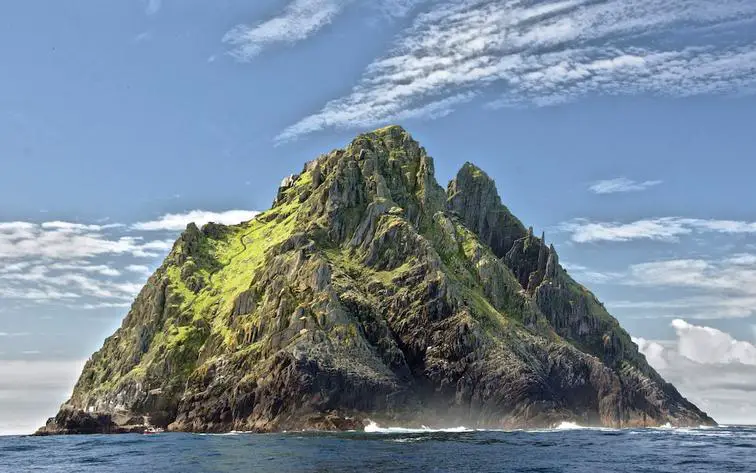
Ushina Island is a small, picturesque island located in the Seto Inland Sea of Japan, just a short ferry ride from the city of Kure.
What to see or do: The island is known for its stunning scenery, with crystal-clear waters and beautiful beaches.
Visitors can take a stroll through the charming fishing village, where they can see traditional Japanese homes and watch the locals go about their daily lives.
Outdoor enthusiasts will love the opportunities for hiking, swimming, and snorkeling.
Don’t miss: One of the must-see attractions on Ushina Island is the stunning Ushina Shrine, which is located on a hilltop overlooking the sea.
Visitors can climb the staircase to the top of the shrine, where they will be rewarded with breathtaking views of the surrounding area.
Insider travel tips: If you’re planning a visit to Ushina Island, be sure to bring plenty of sunscreen and bug spray, as the island can be quite hot and humid during the summer months.
Additionally, it’s a good idea to pack some comfortable walking shoes, as there are plenty of opportunities for exploring the island’s beautiful scenery on foot.
Finally, don’t forget to try some of the local seafood, which is known for its freshness and delicious flavor.
14. Kure City Aquarium Tateyama Park
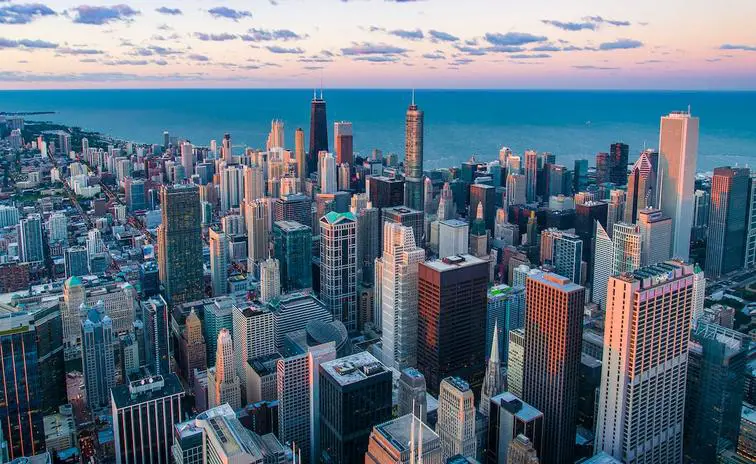
Kure City Aquarium Tateyama Park is a stunning aquarium located in Kure City, Hiroshima Prefecture, Japan.
What to see or do: Visitors can admire a wide array of marine animals, including penguins, sea lions, dolphins, sharks, jellyfish, and more.
The aquarium’s main attraction is its enormous 900-ton tank, which is home to a variety of fish species and is among the largest in Japan.
Don’t miss: Make sure to check out the breathtaking dolphin and sea lion shows. If you’re lucky, you may even get a chance to touch or feed some of the animals.
Another must-see is the massive jellyfish exhibit with its diverse and colorful displays.
Insider travel tips: Try to visit early in the morning or on weekdays for fewer crowds. Don’t forget to bring a camera to capture the magic.
Afterward, take a stroll through the adjacent Tateyama Park which offers beautiful views of the Seto Inland Sea and is particularly stunning at sunset.
15. Miharashi Station
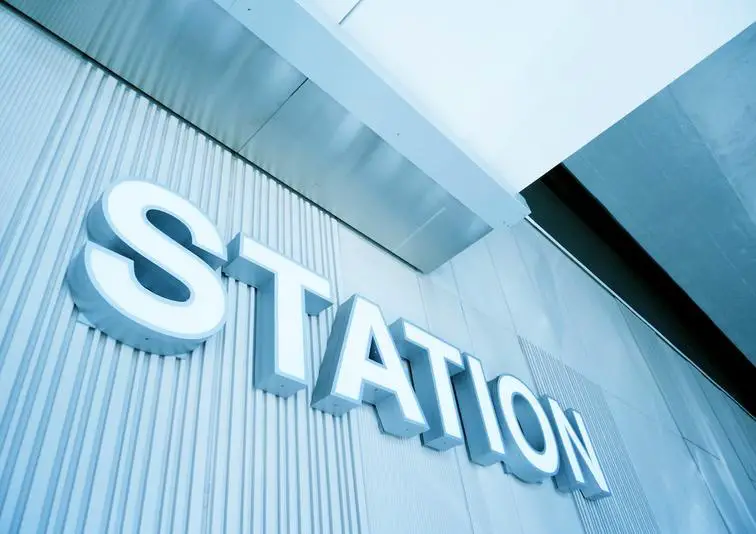
A scenic train station located in Kure, Hiroshima Prefecture, Japan.
What to see or do: Enjoy breathtaking views of the Seto Inland Sea and the surrounding islands from the platform. Take the train to neighboring cities and towns in Hiroshima Prefecture.
Don’t miss: The stunning sunset views from the station platform.
Insider travel tips: Visit during the quieter months of the year to avoid crowds and fully immerse yourself in the tranquil surroundings. The station is also a great spot for photography.